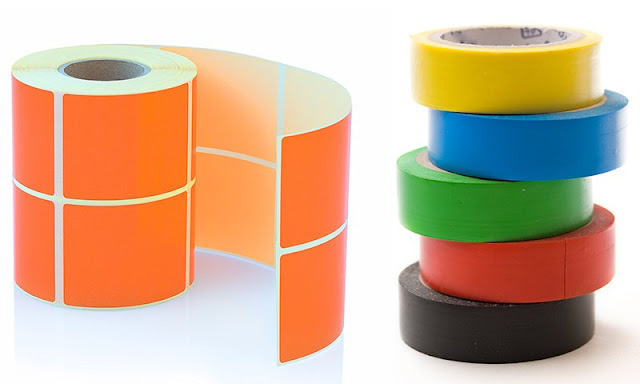Pressure Sensitive Adhesives Market To Witness Booming by Forecast Period 2021-2028 Top Key Players

Overview
PSA is a non-reactive adhesive that makes a bond when pressure is applied to adhere an adhesive to a surface. PSAs are unique in that they do not harden and instead remain fluid. As a result, they are permanently tacky and can damp surfaces when they come into contact with them. The market for PSAs is being driven by widespread acceptability due to their versatility, increased use in tapes and labels, and high demand in APAC.During the projection period, the global Pressure Sensitive Adhesives Market is expected to increase at a CAGR of 6.0 percent, from USD 9 billion in 2021 to USD 12 billion in 2028. Because of the global coronavirus epidemic, pressure-sensitive adhesives are in great demand in the packaging and medical & healthcare industries.
The water-based technology segment of the Pressure Sensitive Adhesives Market is likely to be the largest.
Pressure-sensitive tapes, labels, adhesive dots, note pads, automobile trims, films & peelable, and specialized applications in industries such as packaging, electrical, electronics & communications, medical & healthcare, and automotive all use water-based technology.
The acrylic sector of the pressure-sensitive adhesives market is estimated to have the biggest share.
In comparison to rubber PSAs, acrylic PSAs are firm and long-lasting. Acrylics have outstanding environmental resilience, quick curing times, excellent resistance to oxidation, temperature, and Ultraviolet rays, color stability, exceptional anti-aging qualities, excellent adhesion and cohesiveness with exemplary water resistance, and high peel, tack, and shear.The water-based technology segment of the Pressure Sensitive Adhesives Market is likely to be the largest.
Pressure-sensitive tapes, labels, adhesive dots, note pads, automobile trims, films & peelable, and specialized applications in industries such as packaging, electrical, electronics & communications, medical & healthcare, and automotive all use water-based technology.
Comments
Post a Comment